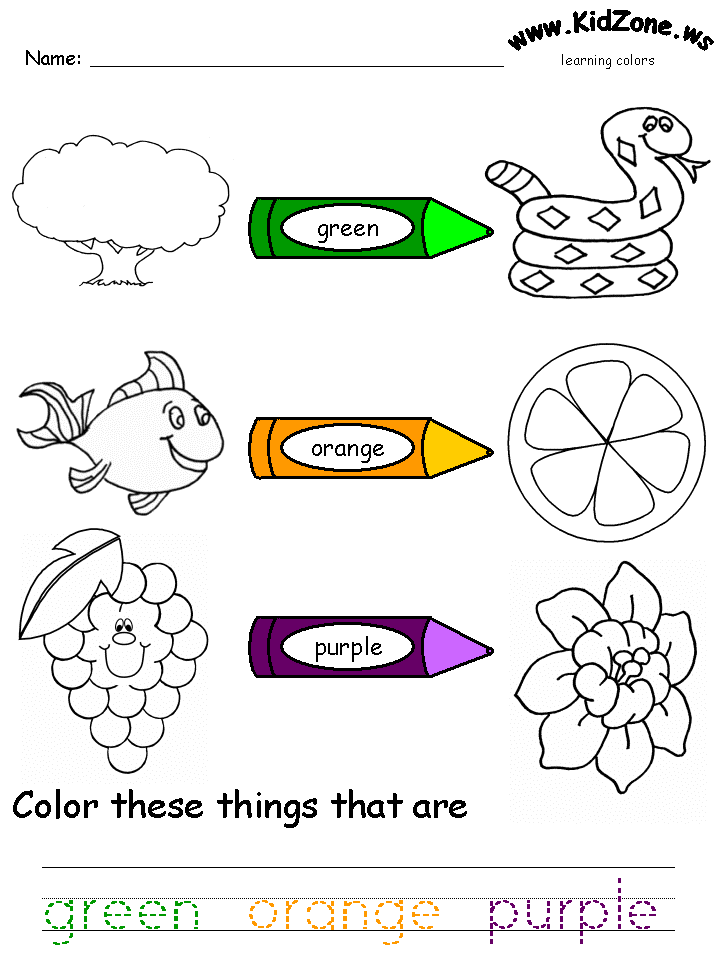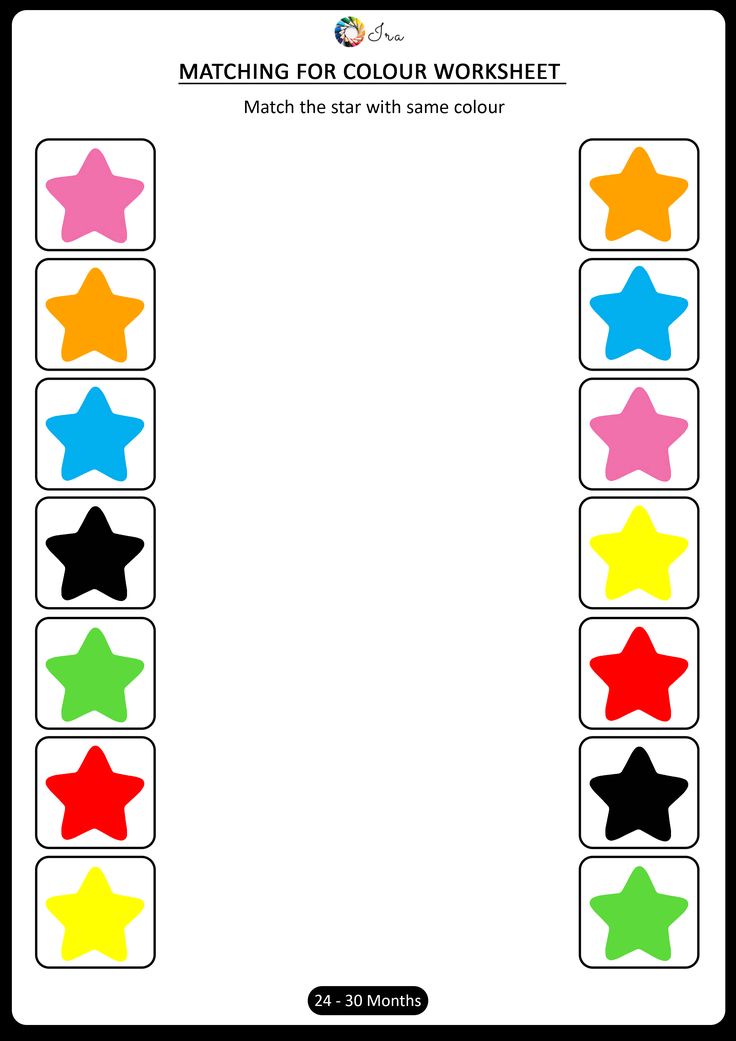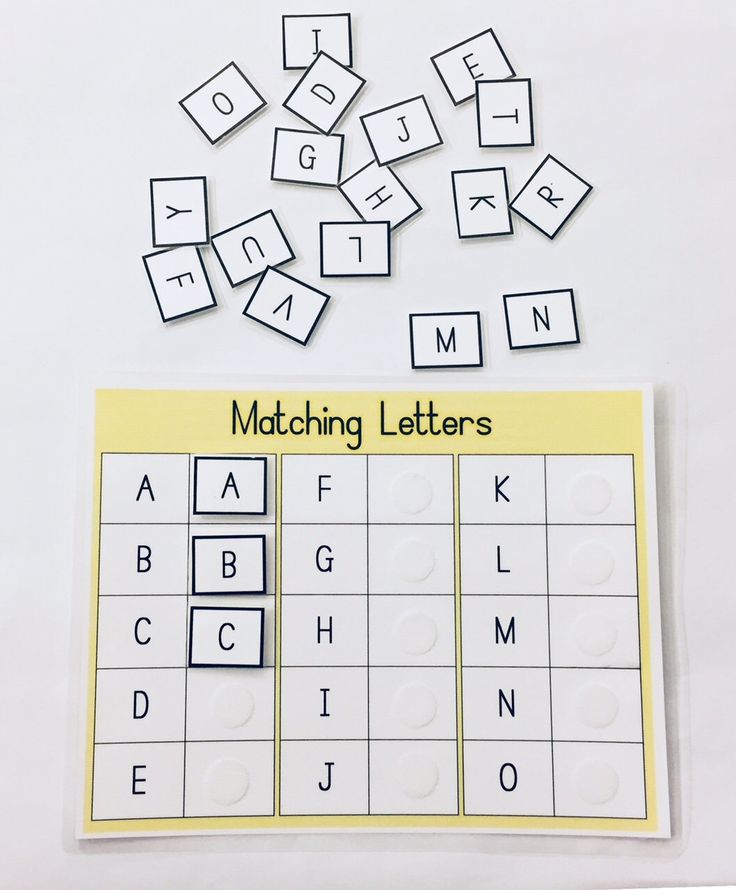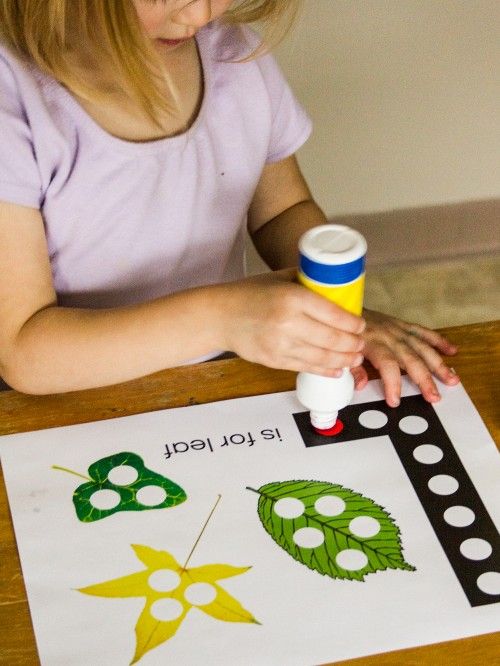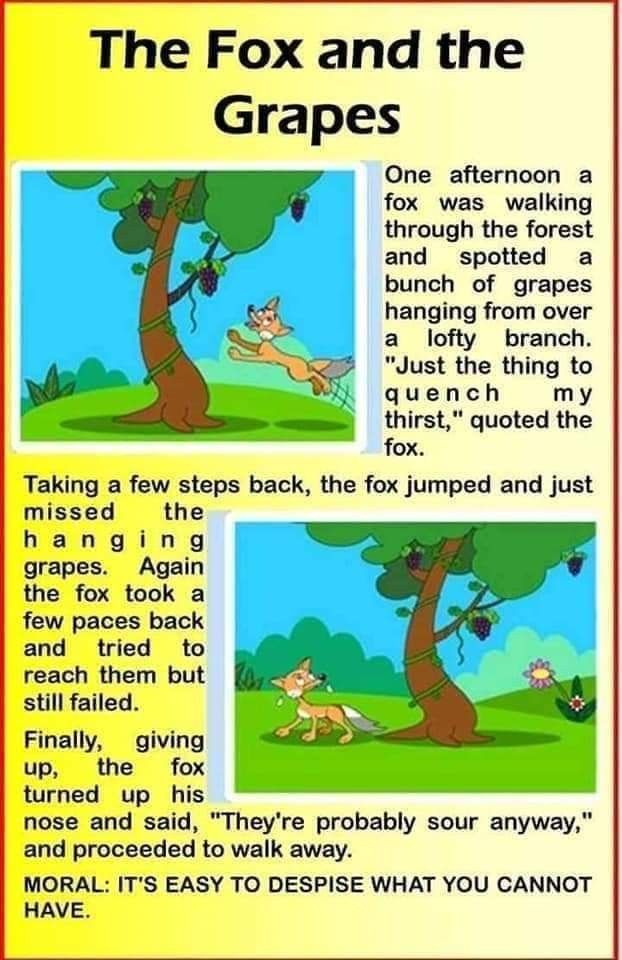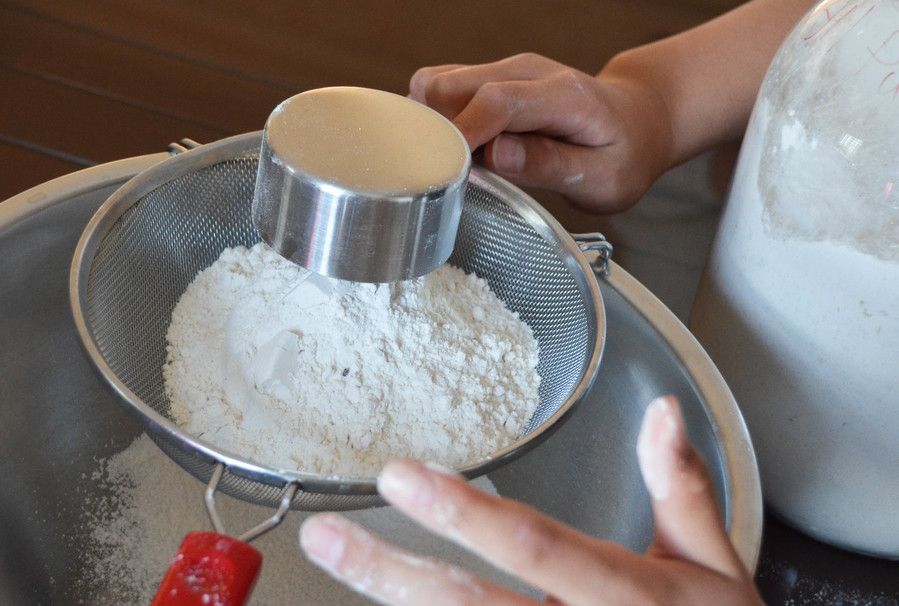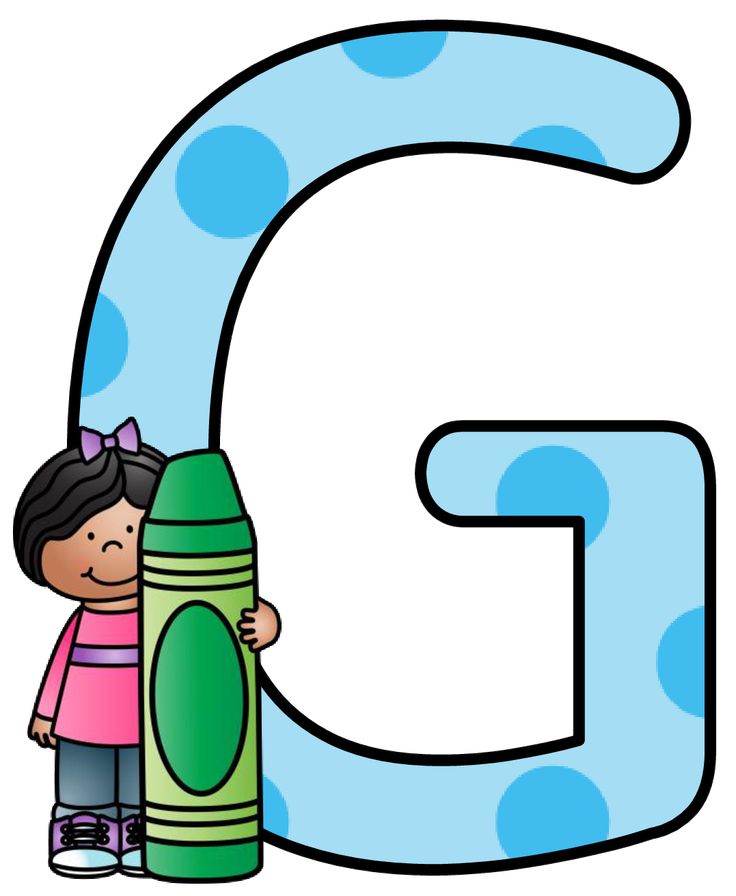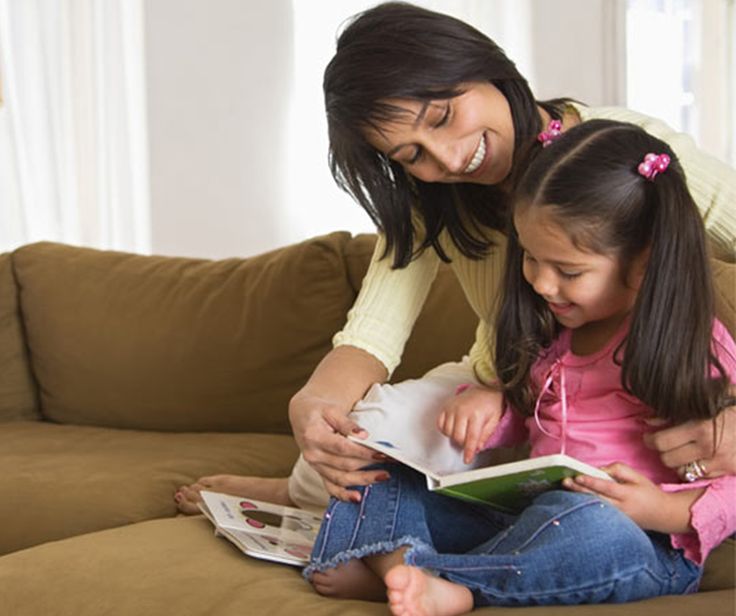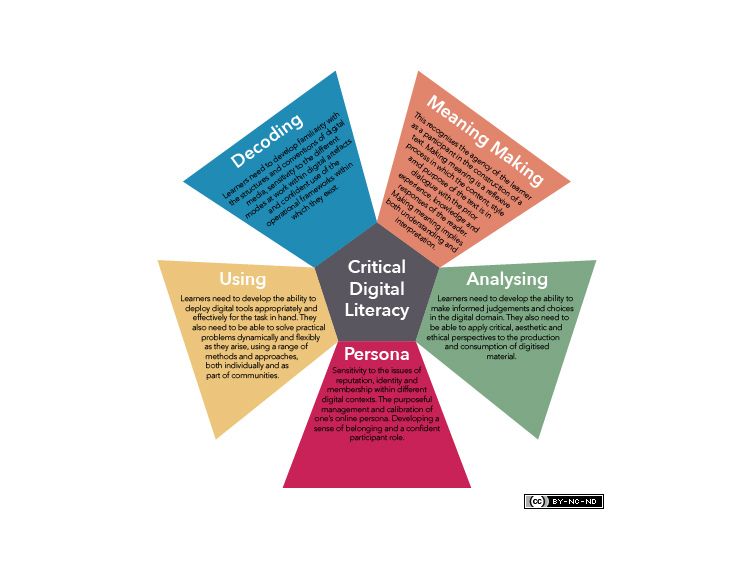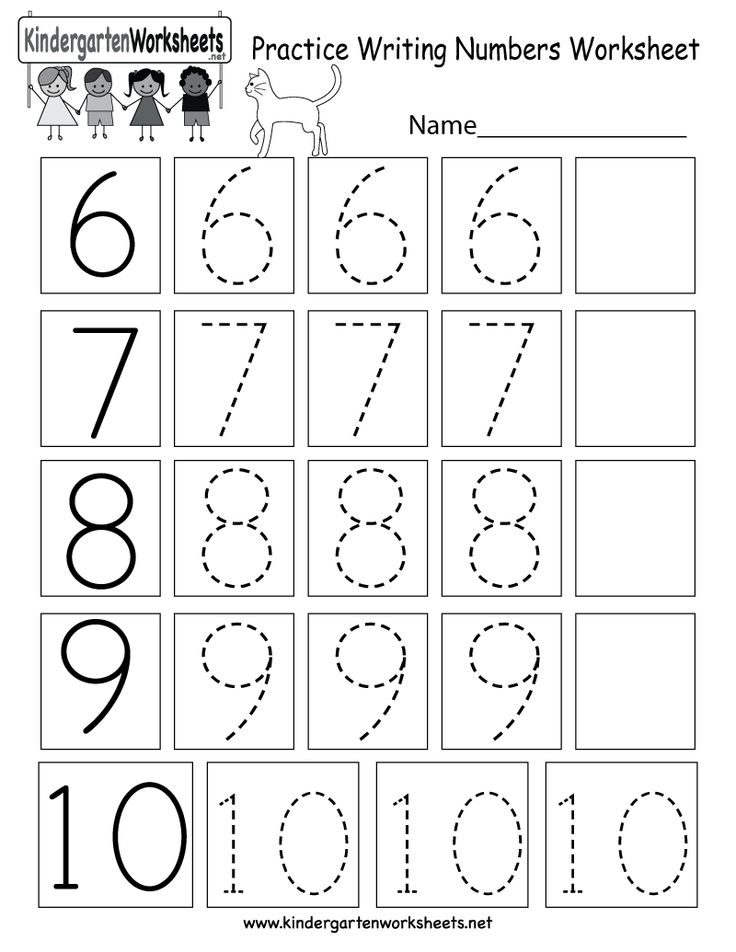Activities on colours for preschoolers
Learning About Colours: 31 Activities for Preschoolers
- Share
Colour identification is an important part of a child’s development. Here are 31 learning about colours activities your kids will love.
They are great for teaching colours to toddlers and preschoolers, and many are still suitable for kindergarten kids.
Why Is It Important to Learn Colours?
Learning the colours is a milestone in early childhood and represents a child’s cognitive understanding.
Exposing children to and teaching them about the colours develops their visual perception – which is the ability of the brain to correctly interpret what the eyes see. This is an important pre-reading skill.
How Do I Teach My Child Colours?
Colours are a part of daily life and are all around us. The best way for children to learn them is to experience them and play with them.
The concept of colours can’t be taught in one sitting and kids need lots of experiences to learn them.
Make use of everyday opportunities to talk about colour and to point it out in the environment. Ask your child to pass you the pink bunny and the blue hat. Point out that he is drawing with the purple crayon.
Try not to default to worksheets at too young an age – there are many more meaningful ways to teach colour in a way that will imprint in children’s memories.
Colour games and activities are a great way for kids to learn the colours as they are hands-on, interactive and fun.
Colour Activities for Preschoolers and Toddlers
Here are a few ideas to try at home or at school.
1. I Spy With My Little Eye
Play a game of I Spy With My Little Eye. Identify objects by colour and add in more details for clues:
“I spy with my little eye something blue that you wear on your head.”
2. Colour Collage
Make a colour collage by using paper tearings in only one colour. For young toddlers provide the paper tearings, but let older kids find and tear the colour in a magazine or set of coloured papers.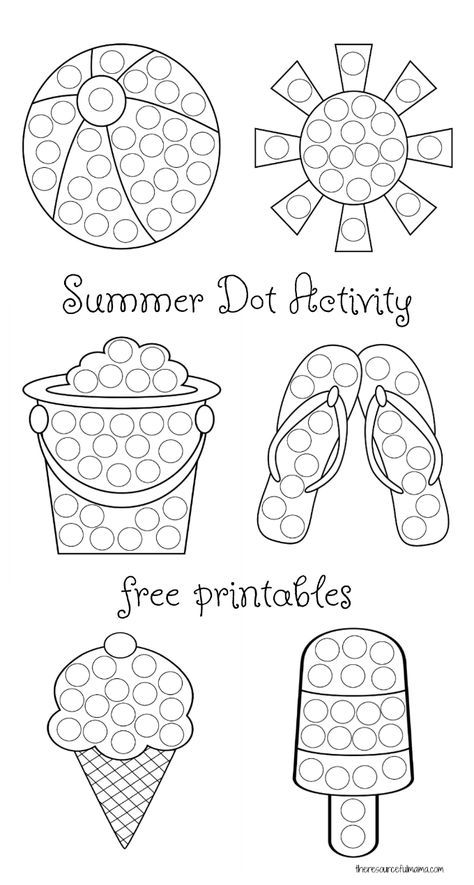
Use different collage materials for this, not just paper.
3. Sorting and Grouping
Teach kids to see the differences in colours by doing sorting activities.
Sort beads, buttons, blocks or coloured counters into separate baskets, containers or egg boxes.
4. Matching Cards
Play a classic memory game of matching the pairs of cards, using only plain-coloured cards. They are easy to make – you just need two of every colour.
Get your own memory game cards by downloading the FREE set of printables at the end of the post.
5. Park the Cars
Play with cars in various colours and make little parking garages out of boxes or paper. You could even draw them on the paving with chalk.
Make each parking spot a different colour and get kids to park the car in the corresponding colour.
6. Object Sort
Do a colour sort with mixed objects. Collect household objects and toys that have one distinct colour and sort them into groups, according to their colours.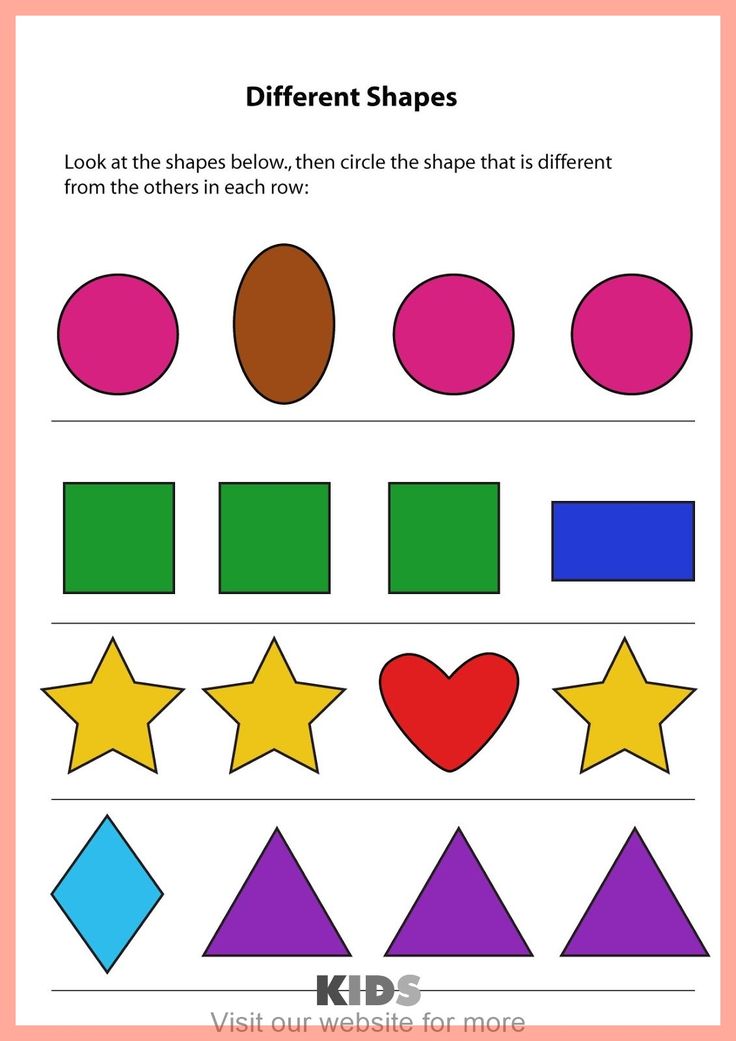
7. Label the Environment
Make small coloured labels with the name of the colour written on them and place these in familiar environments like a classroom or bedroom, labelling the most common items and spaces.
8. Bean Bag Toss
Incorporate movement into learning by playing with bean bags. Throw different coloured beanbags randomly at kids and as they try to catch them, they must shout out the colour before they touch them.
9. Colour Hunt
Go on an indoor or outdoor colour hunt. Give kids a basket and allocate a different colour to each. They must go in search of items of that colour and place them in their basket.
10. Listen and Draw Picture
‘Listen and draw’ pictures are great not only for developing listening skills but also for teaching concepts such as shape and colour.
Tell kids to:
- Draw a green hill
- Draw a black sheep standing on the green hill
- Draw a blue flower at the foot of the hill
- etc.
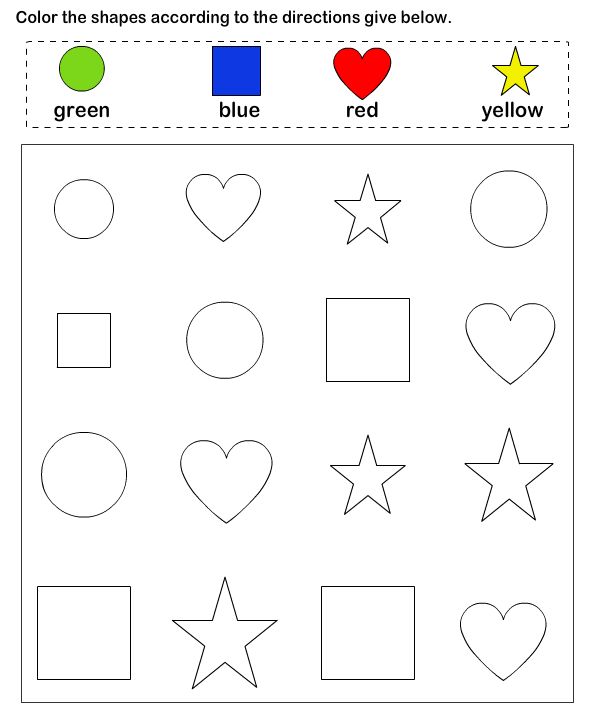
Here are some examples of following directions drawing activities.
11. Car Games
Play games in the car to keep kids entertained and learning at the same time. Pick a colour and count how many cars of that colour go past you.
Make a challenge such as seeing if you can reach 20 yellow cars before you get to your destination.
12. Colour Plates
Using a white paper plate and some coloured pegs, draw or paint strokes of the colours around the edges of the plate. Get kids to place the pegs onto the corresponding sections of colour.
You could even make a pattern, such as blue-yellow-yellow-blue-yellow-yellow.
13. Picture Hunt
Do a picture hunt using a magazine or any children’s books. Challenge kids to find images in their books of various colours.
For example, point out all the green items you can in this Dr Seuss book, or cut out all the blue items from this magazine.
14. Tissue Paper Tearing
Tearing is an important fine motor activity.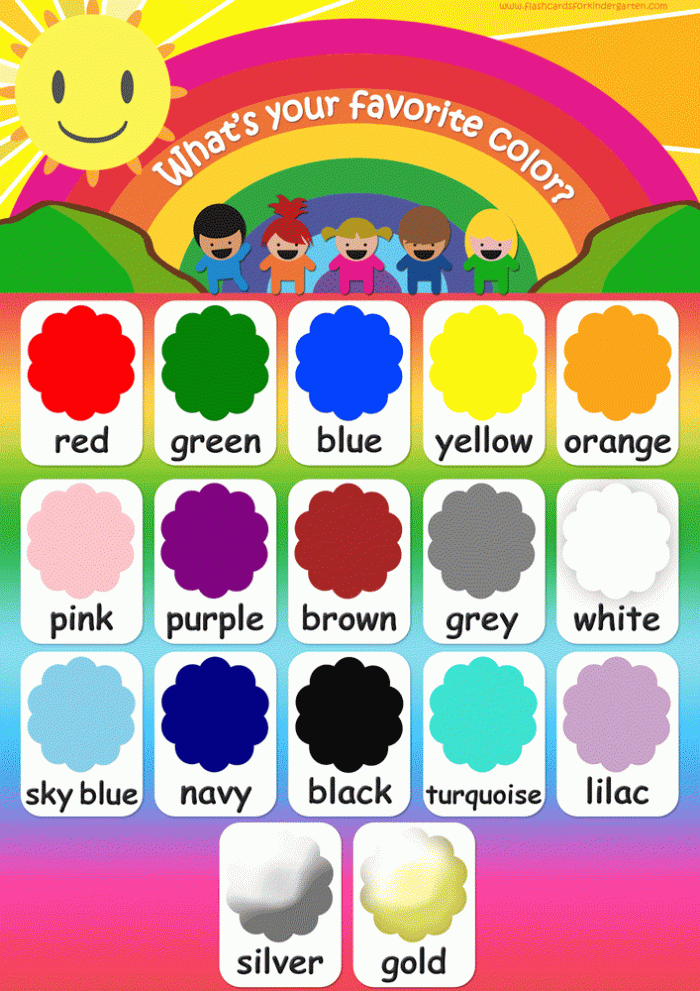
Provide tissue paper in a few colours and get kids to tear it up and create a picture with the tearings and some glue.
15. Colour Mixing
For a colour mixing activity, provide the three primary colours – red, yellow and blue – and mix them together to see the following combinations:
- Red and yellow make orange
- Blue and yellow make green
- Red and blue make purple
Introduce kids to the concept of shades of colours by adding white or black to make them lighter or darker.
16. Matching Socks
Luckily for parents, all kinds of domestic chores provide great learning opportunities. Give your kids the pile of socks to match according to colours and patterns.
17. Sort the Laundry Basket
Don’t stop there. As you fold the laundry, ask your child to sort all the unfolded laundry into piles by colour.
18. Fruit and Veg Sort
Had a trip to the market? Get your kids to categorize the fruit and vegetables by colour.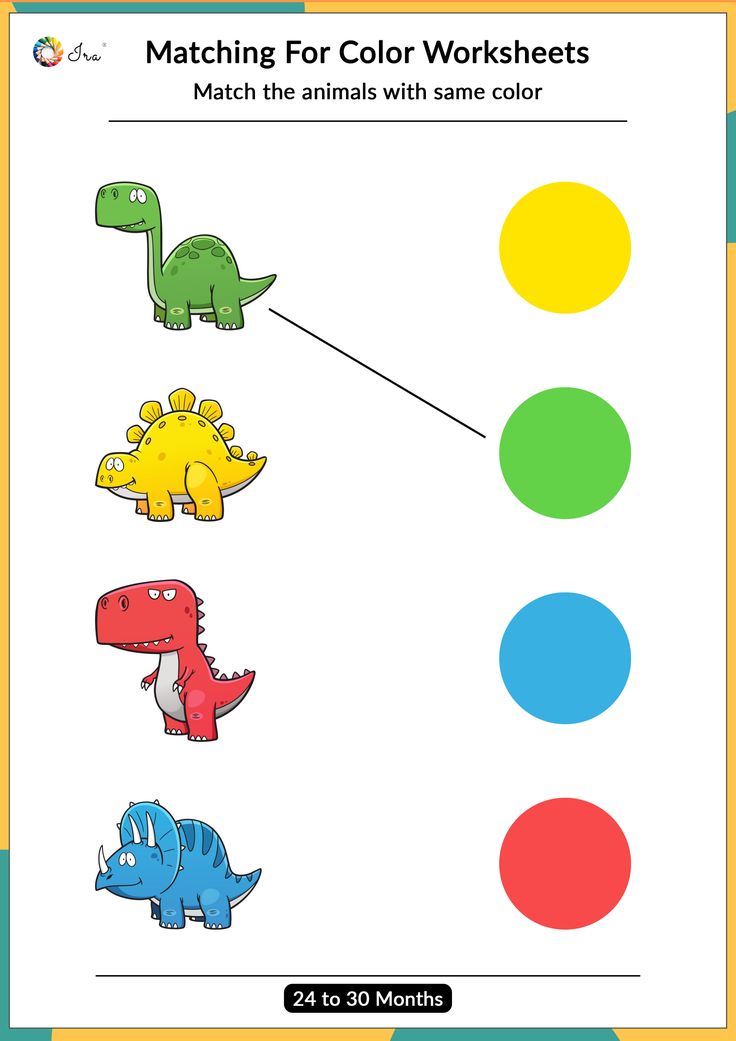
While you are cooking, involve your kids with requests such as “please fetch me three orange carrots and that packet of green baby marrows.”
19. Songs about Colours
Sing songs about the colours. Here are lots of fun rainbow songs to teach your kids.
This post contains affiliate links for educational products that I personally recommend. If you purchase through one of them, I earn a commission at no extra cost to you. Read the terms and conditions for more details.
20. Books about Colours
Read your kids books about colours or simply read colourful books and discuss the colours of the characters or objects.
Books such as Brown Bear, Brown Bear, What Do You See and Dog’s Colorful Day are a hit with toddlers.
21. Colour Bracelet
Make a fun colour bracelet with cereal loops or macaroni dyed with food colouring. Make it all one colour or make a pattern with two or three colours.
22. Colour Patterns
Teach kids to follow patterns by drawing or building colour patterns with objects such as blocks, beads or counters.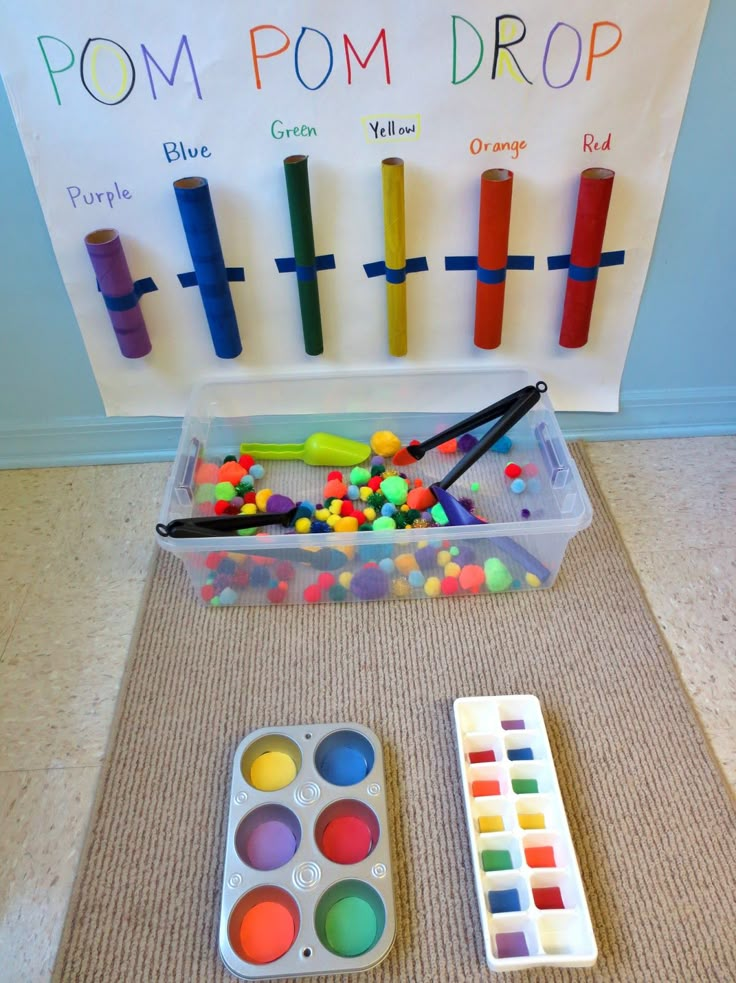
For younger kids, use only two colours in a pattern and increase it for older kids.
23. Light Table
Place transparent coloured objects or materials such as plastic or cellophane onto a light table and let kids experiment with them and explore the properties of colour.
24. Sensory Stations
This can be a great way to incorporate colour into sensory play. Set up stations with coloured rice, coloured materials or use some of these sensory station ideas.
25. Bathtub Fun
Bring colour into bathtub fun by dropping in ice blocks (coloured with food colouring), watching coloured bath fizz balls disintegrate or letting kids draw with bath crayons (like these).
26. Coloured Playdough
Let kids play with playdough in various colours. They can also mix the playdough colours together or mix food colouring to make a new colour when making a batch of homemade playdough.
27. Finger Painting
Finger painting is a fun sensory activity for kids that teaches how colours mix together.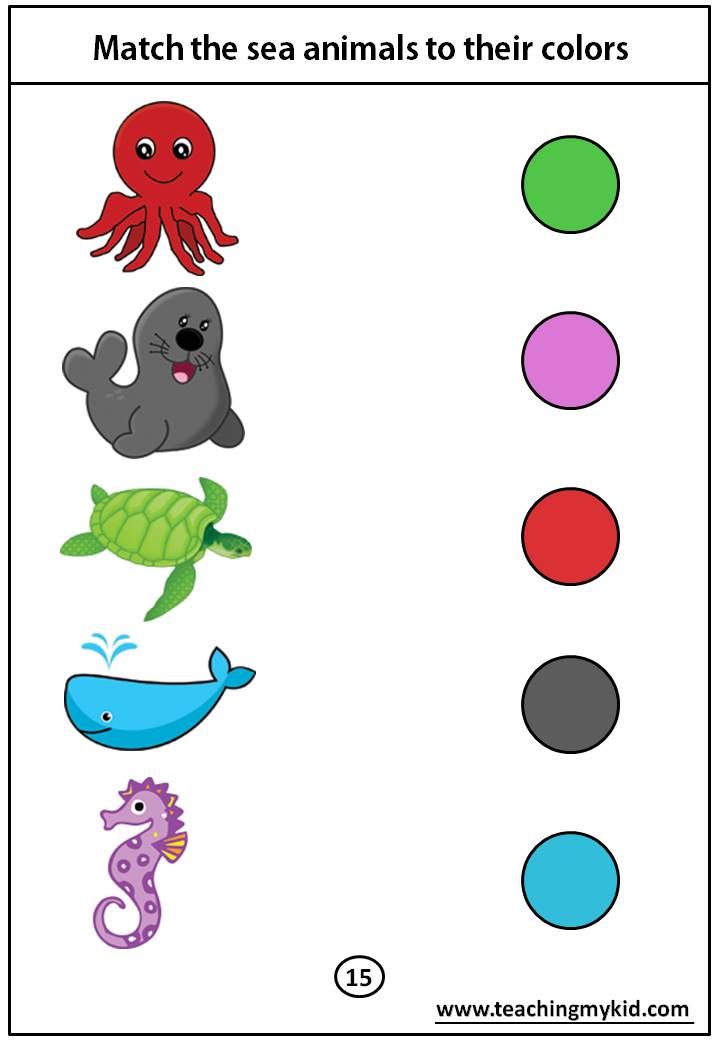 While mixing the paints on the page, they naturally mix together, revealing new colours.
While mixing the paints on the page, they naturally mix together, revealing new colours.
Be deliberate and only offer two colour paints so kids can see the colours mixing.
28. Pass the Parcel
Play a game of Pass the Parcel, wrapping each layer in a different colour of gift wrap or tissue paper. As each layer is removed, the child unwrapping it must name the colour.
29. Categories Game
The categories game is a fun circle game and you can use it to teach any concept.
Pick a colour and go around the circle, naming things that are typically of that colour. Each child must add one item to the list, without repeating any.
Or, try another variation with older kids and do a round of naming colours. Kids will start with the easier colours and then need to remember less common colours such as peach, magenta, maroon, etc.
30. Broken Telephone
Play a round of the Telephone Game by using colours as the phrases to whisper. Use phrases such as light blue, violet and deep red to make it more challenging.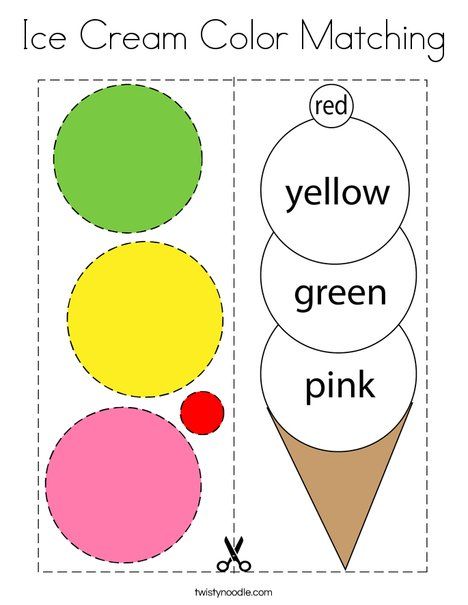
31. Make a Rainbow
How about a little science experiment? Teach children about light by making your own rainbow.
Get FREE access to Printable Puzzles, Stories, Activity Packs and more!
Join Empowered Parents + and you’ll receive a downloadable set of printable puzzles, games and short stories, as well as the Learning Through Play Activity Pack which includes an entire year of activities for 3 to 6-year-olds.
Access is free forever.
Signing up for a free Grow account is fast and easy and will allow you to bookmark articles to read later, on this website as well as many websites worldwide that use Grow.
- Share
32 Color Activities for Preschool That Will Stimulate Their Minds
Getting to know colors is a fundamental part of early childhood education. Mixing colors, learning their names, and experimenting with color attributes should be part of an everyday routine in the preschool classroom.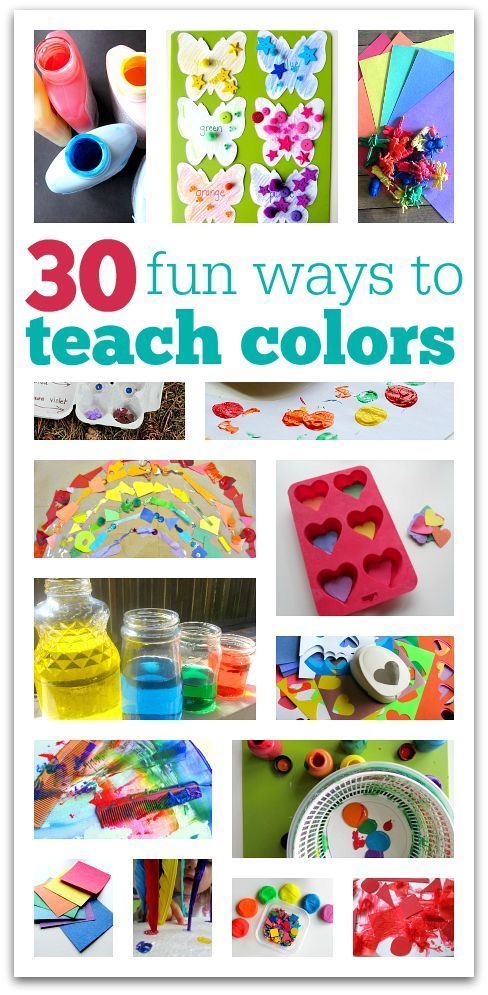 Even color patterning has a tremendous impact on a child's cognitive development. Have a look at these clever color recognition activities to help kids learn about colors and have fun at the same time.
Even color patterning has a tremendous impact on a child's cognitive development. Have a look at these clever color recognition activities to help kids learn about colors and have fun at the same time.
1. Four Corners with Colors
This fast-paced classic game will help kids think on their feet while having fun. Let them call out names to help them learn color names along the way.
Learn more: The Many Little Joys
2. Fine Motor Rainbow Ball
This game is perfect to help little hands with fine motor skills as they try and dig for different colored scarves in the ball.
Learn more: Still Playing School
3. Feed the Shark
Kids get to learn color sorting in this fun ocean-themed game. Paste colorful printable sharks to toilet paper rolls and let kids drop the fish in their mouths.
Learn more: Mommy Made That
4. Mail Game
Preschoolers can practice color sorting while pretending to deliver mail to their friends.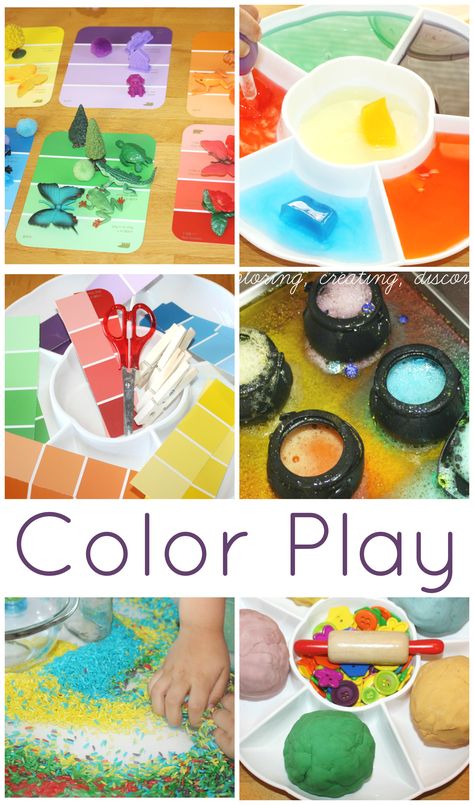 These envelopes and stamps are reusable and help kids learn to recognize color names.
These envelopes and stamps are reusable and help kids learn to recognize color names.
Learn more: Look We're Learning
5. Make a Rainbow Fish
Celery sticks make the perfect stamp for fish scales thanks to their half-moon shape. Use celery to print rainbow-colored scales on a fish outline for a cute color craft.
Learn more: Crafty Morning
6. Color Sorting Train
This game can help kids with recognizing colors but also with counting. Sing a fun train song while sorting colors into the different carriages.
Learn more: Fun Learning for Kids
7. Rainbow Word Matching
Mix clothes pegs with color names written on them and let kids rearrange the pegs in the right order.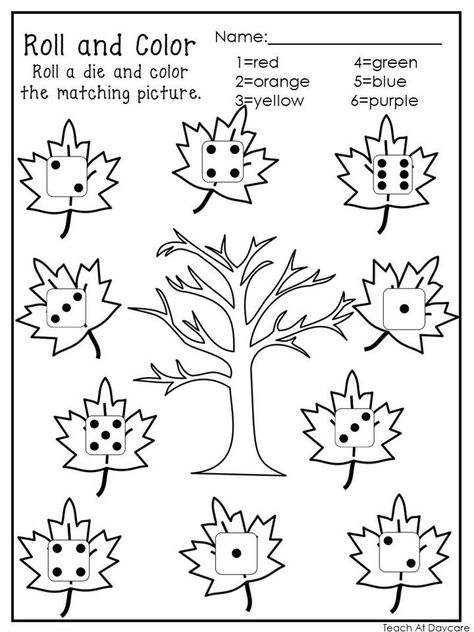 This is a quick color learning activity that can be replayed a few times.
This is a quick color learning activity that can be replayed a few times.
Learn more: Fantastic Fun and Learning
8. Color Mixing Hand Print
Using primary colors, students can paint a rainbow onto their hands and print it onto a piece of paper. This is a fun and messy way to teach them some basic color theory and make some cool crafts in the process.
Learn more: Heather Bellgardt
9. Color Rock Dominoes
Kids will love this DIY color game. All you need is some acrylic paint and a bunch of rocks and you are ready to go!
Learn more: The House that Lars Built
10. Bunny Tails Matching Game
Add some velcro dots to colorful bunny cutouts and pom-poms.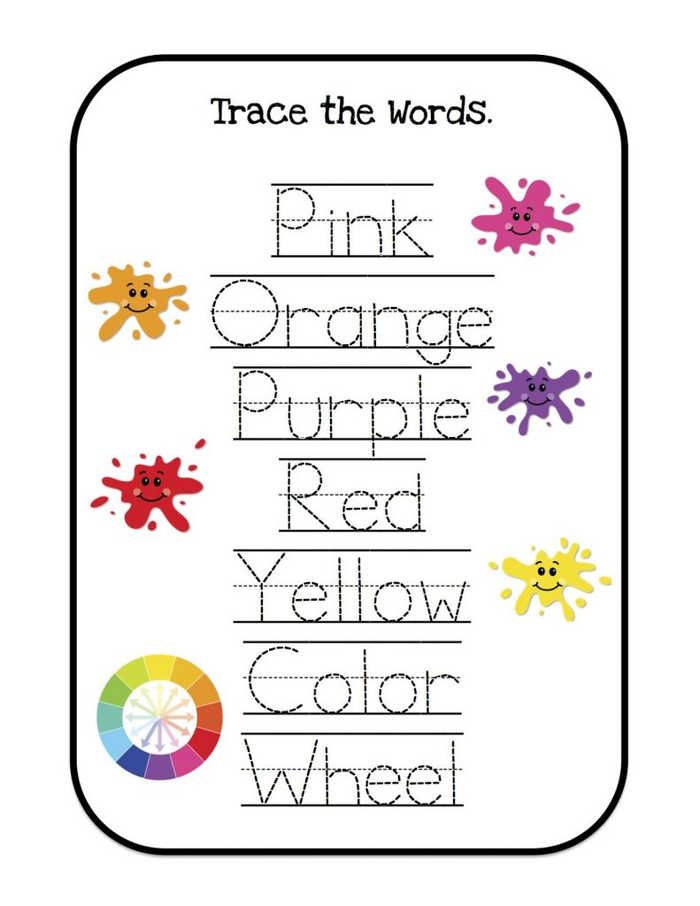 Preschoolers can match the tail and the bunny in this cute pom-pom color sorting game.
Preschoolers can match the tail and the bunny in this cute pom-pom color sorting game.
Learn more: From ABCs to ACTs
11. Matching Color Shades
Once kids have nailed basic color recognition, let them explore the different hues of colors by using paint sample cards. They can learn color attributes like light and dark in this color sorting activity.
Learn more: The Rigneys
12. Pom Pom Color Drop
Kids love fine motor games like pom drop. They use tongs and scoops to put the colorful pom-poms in different containers like tubes, ice cube trays, and muffin tins.
Learn more: Princesses, Pies, and Preschool Pizzazz
13. Rainbow Roll-n-Write
Use a die to tell kids in which color they should write a word. They can create a beautiful rainbow sentence or poem.
Learn more: Teachers Pay Teachers
14. Make an Ice Cube Pattern
Use plastic color ice cubes and an empty tray to create a grid pattern.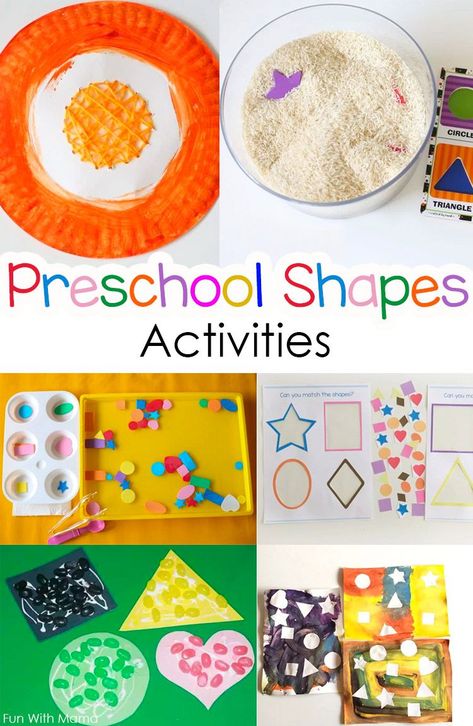 This is great for color recognition skills and concentration.
This is great for color recognition skills and concentration.
Learn more: Creciendo Con Libros Y Juegos
15. Color Sticker Matching
A favorite color activity amongst young learners is matching stickers to color boxes. This can be turned into a fun game or a reward system as kids sort stickers by color.
Learn more: Little Family Fun
16. Magic Rainbow Ring
To teach kids more advanced color theory concepts, create a magic rainbow ring. These kinds of color science experiments will captivate their young minds.
Learn more: Andrea Knight
17. Color Flip Book
Give each student their own flipbook showing the colors along with their names. Students can even color the images themselves or add stickers and pictures on the pages.
Learn more: Crystal and Comp
18. Baked Cotton Balls
Dip cotton balls into a flour and water mixture that has been colored with food dye.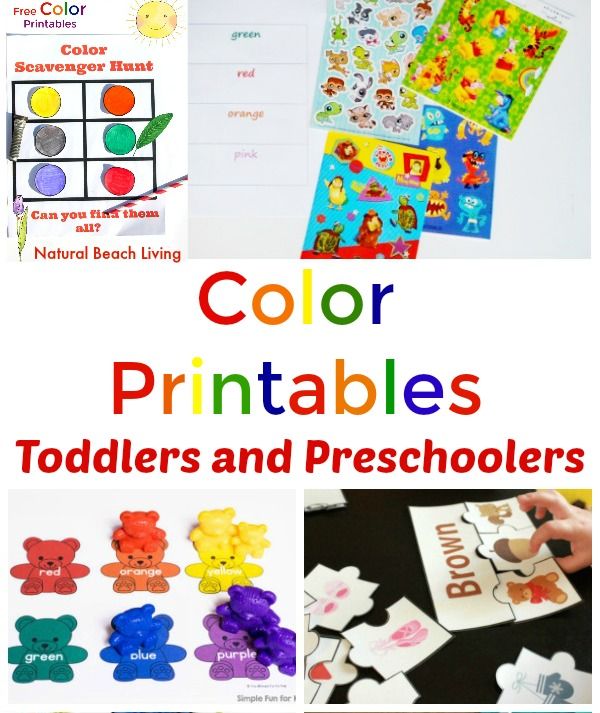 Bake the balls to create a hard outer coating. Kids will have so much fun smashing the baked rainbow once it has cooled down.
Bake the balls to create a hard outer coating. Kids will have so much fun smashing the baked rainbow once it has cooled down.
Learn more: Learn Play Imagine
19. Butterfly Color Match
This cheery color activity idea sees kids sorting colors onto butterflies they cut out and color themselves. Mix an assortment of items into a bowl and let kids sort the objects by color by placing them on the corresponding colored butterfly.
Learn more: No Time for Flash Cards
20. Color Bingo
Color bingo is great for color identification skills and helps kids to read the names of colors while playing. Use colored buttons to place on the bingo mats for some added fun.
Learn more: Fun With Mama
21. Dance Party
Nothing beats a good old-fashioned sing and dance party! Put on the best preschool color songs and have kids sing and dance before or after a color lesson.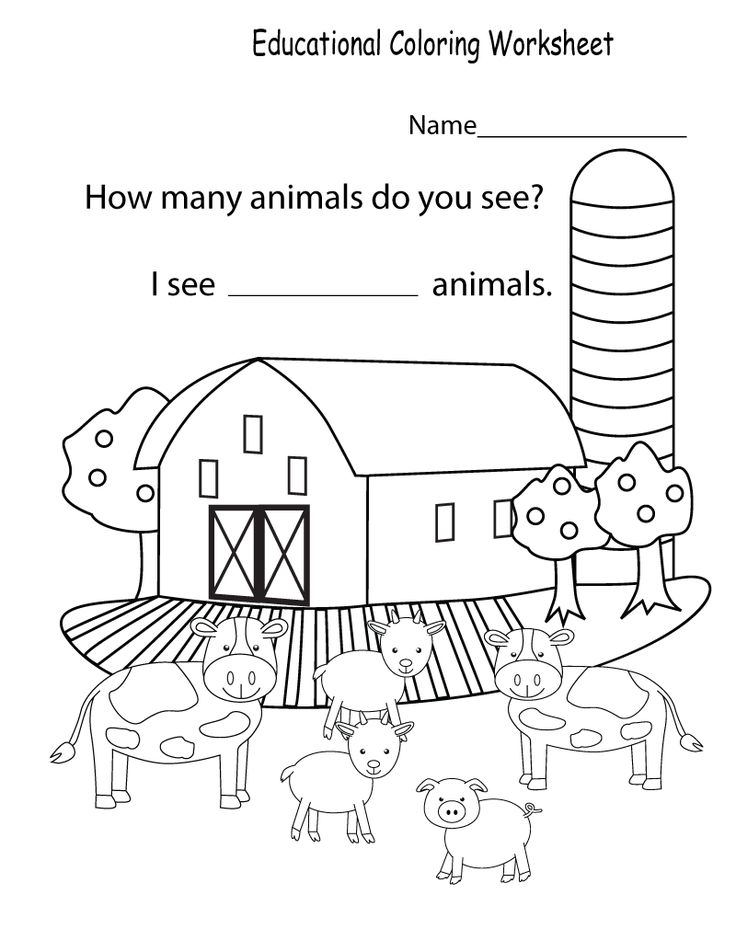
Learn more: Jack Hartmann Kids Music Channel
22. Gold Fish Sorting
Turn snack time into an opportunity for teaching colors with fun colored Goldfish crackers. Kids can sort them into colors and build shapes or spell out the names of the colors with the crackers.
Learn more: Making Mine
23. Pom Pom Race
This is one of the best color matching activities for busy preschoolers. Use straws in this pom-pom color sorting game that can be a race against the clock.
Learn more: Kindergarten Connection
24. Ice Cream Patterns
Use an ice cream scoop and plastic balls to create color patterns on the printable ice cream mat. This is a fun, easy, low-cost color activity perfect for the summer.
Learn more: Planning Playtime
25. Sort Toys by Color
This hands-on color sorting activity can be fun for the whole class. Let students race in teams to see who can place toys onto the correct color sorting mats the fastest.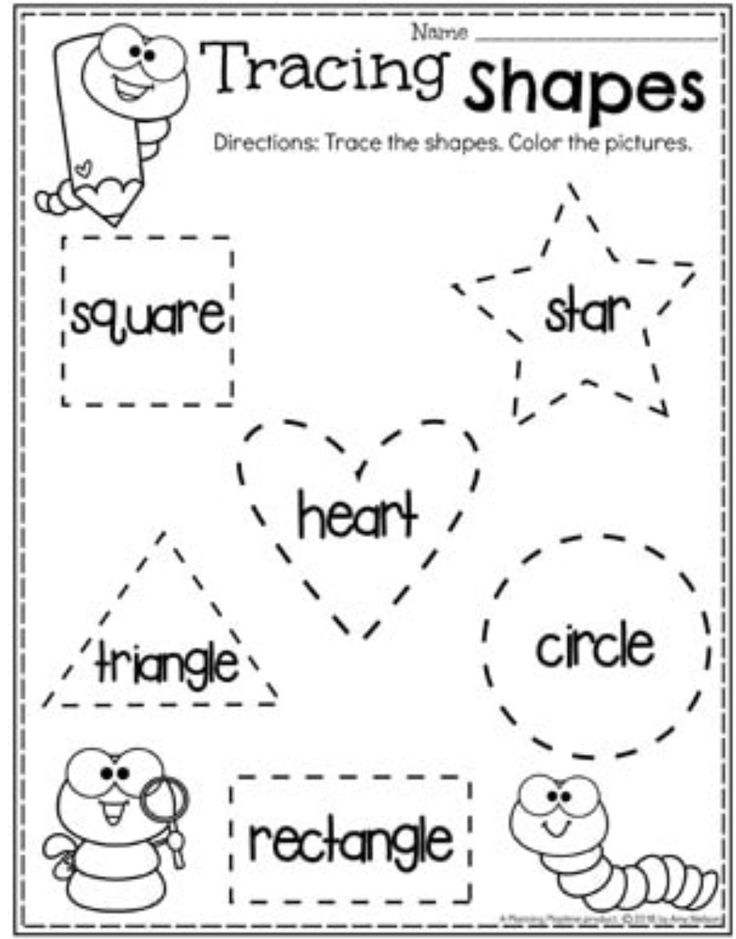
Learn more: Twins and Coffee
26. Fruit Loops Rainbow
Combine a color sort activity with some basic math skills. Students roll 2 dice to see how many of each color fruit loop gets added to the rainbow. The best part is eating the cereal after the rainbow is complete!
Learn more: Housing a Forest
27. Rainbow Fishing
This game is great for quiet time, allowing students to fish for different colors on their own. They should identify the colors as they go, or catch the fish of the color your prompt.
Learn more: Tatertots and Jello
28. Color Mixing Bag
This is a fun and easy color mixing activity to show kids how primary colors work together to create secondary colors like green, orange, and purple.
Learn more: Learning 4 Kids
29. Color Mixing Bottles
Experiments with color are tons of fun like this activity using only corn syrup, water, and a water bottle.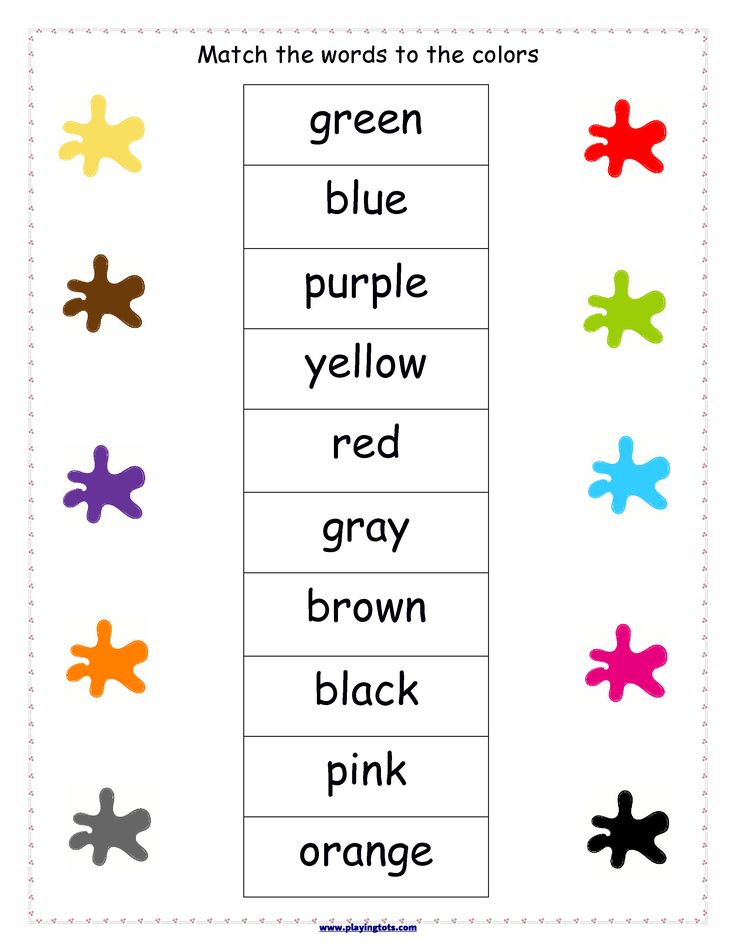 Add the colored liquids to the bottle and see the magic happen as they combine to make a new color and go back to normal.
Add the colored liquids to the bottle and see the magic happen as they combine to make a new color and go back to normal.
Learn more: Preschool Inspirations
30. Mixing Colors With Clay
This is a simple color learning activity where kids can enjoy dough color sorting and mixing dough to create new colors.
Learn more: Mommy Evolution
31. Mouse Mixing Activity
Color learning activities can get messy! Use water balloons to mix some colors together and throw them on paper or canvas to make a messy artwork.
Learn more: Pre-K Pages
32. Spinning Tops Color Mixing
Let students create spinning tops with primary colors painted on them. As they spin them, students can observe how a yellow and blue top makes the color green when spun! Simply magical.
Learn more: Creative Family Fun
Lesson "Flowers" for the 1st junior group
Synopsis of a game lesson for the 1st junior, nursery group of kindergarten (3rd year of life), topic: "Flowers"
Author: Davydova Svetlana Alekseevna.
Objectives:
To provide children with basic knowledge about garden flowers, their structure, growth conditions and care.
Enrich the vocabulary of children on the topic "flowers".
To form stable ideas about the size, quantity, color, geometric shapes.
Exercise in the ability to arrange objects in space (edge, middle, in a corner, in a row, in a circle).
Improve counting skills.
Exercise in sculpting, gluing, drawing with fingers.
Teach children to carefully consider and examine the object of observation.
To develop the ability to repeat the movements of the teacher, to coordinate the movements and words of the song.
Develop thinking, motor skills, visual and auditory concentration, coordination of movements.
Teach children to work as a team.
Equipment:
Fresh flowers in a vase.
Artificial flowers, millet, shovels, rakes, watering cans, flower beds.
Volumetric dandelion flowers made from colored napkins.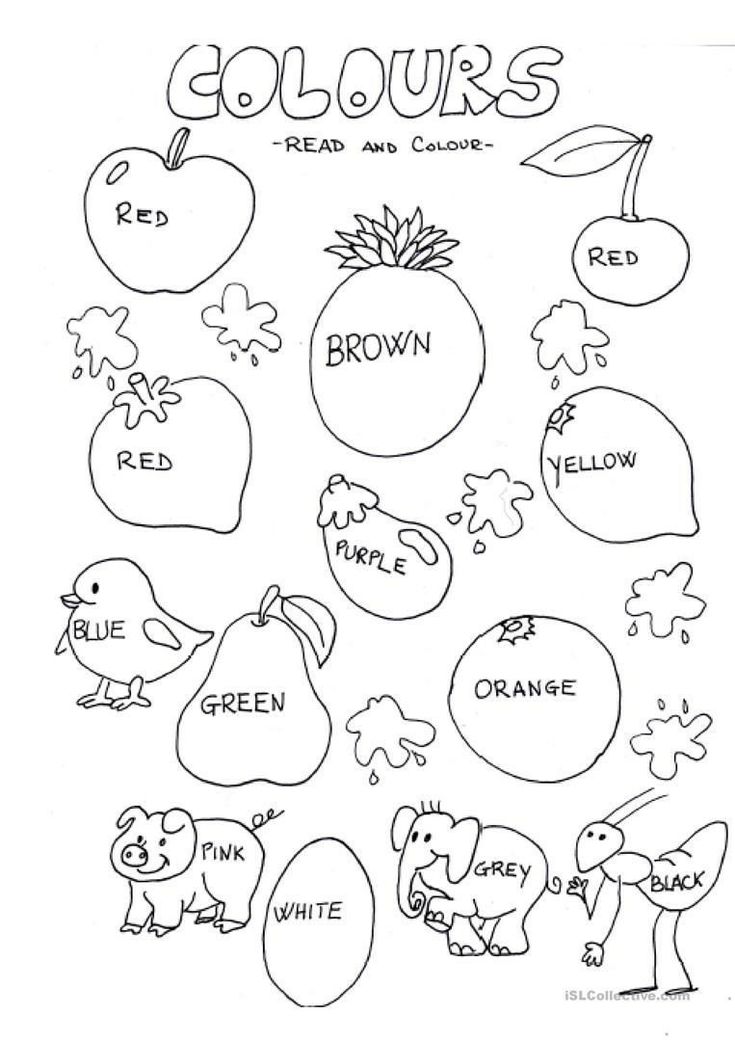
Background picture with the image of flower beds in the form of a circle, square, rectangle; fabric flowers.
Background picture with flowers with petals in the form of geometric shapes (one petal is missing), petals and leaves of these flowers cut out of colored cardboard.
Multi-colored clothespins, sticks from balloons.
Egg-cage carved parts in four sections with holes in the tops, each section painted in a different color, artificial flowers with petals of the same colors.
Picture-blank for finger painting with a cloud, drops and flowers, finger paints, wet wipes.
Background picture depicting flowers without stems, counting sticks.
Sheets of paper, glue, appliqué details: vase, flower.
Green salt dough, pasta in the form of flowers, painted in different colors.
Buttons of different colors in two sizes, a picture of flowers with circles, the corresponding color and size.
A blank picture depicting heaven and earth, plasticine, sequin flowers.
Audio recordings: Buttercups-Daisies by Zheleznov.
Activity:
Our smart heads greeting game
Our smart heads
They will think a lot, deftly.
Ears will listen,
Mouth speak clearly.
Pens will clap,
Feet will stomp.
Backrests are straightened,
We smile at each other.
Watching flowers in a vase
- See what's in the vase? There are flowers in a vase. Look at the flowers' petals, stems, leaves. Come and smell the scent of the flowers.
Dandelion Breathing Exercise
- Blow on the dandelion until its petals move, but try not to puff out your cheeks.
Didactic game "Plant flowers in the flower beds"
- We will plant flowers in these flower beds. Look and tell me what geometric shapes these flower beds look like?
Here is a flower bed in the form of a circle, but a flower bed similar to a rectangle, and this flower bed is square.
Plant one flower in the middle of each flower bed.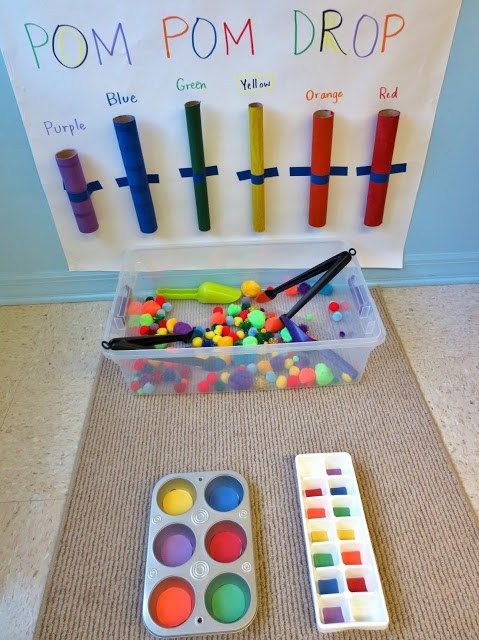
On a round flower bed, you can plant flowers in a circle. On a rectangular - in a row. And plant flowers in a square flower bed - in the corners.
Didactic game "Pick up a leaf and petal for a flower"
- Look at these flowers carefully. Show a flower with round petals (square, triangular, oval). One petal fell from each flower. Put the petals in place on their flowers with the same petals.
Now attach green leaves to the stem.
Flowers Clothespin Game
- Attach clothespins to the center of the flower.
Didactic game "Plant flowers"
- You need to plant a flower in a hole of the same color as the petals of the flower.
Drawing "Rain ley-ley-ley, flowers will grow soon!"
Children draw drops and centers of flowers with their fingers.
Musical-dynamic pause "Buttercups-Daisies"
Children perform movements to the music according to the text and the adult's demonstration.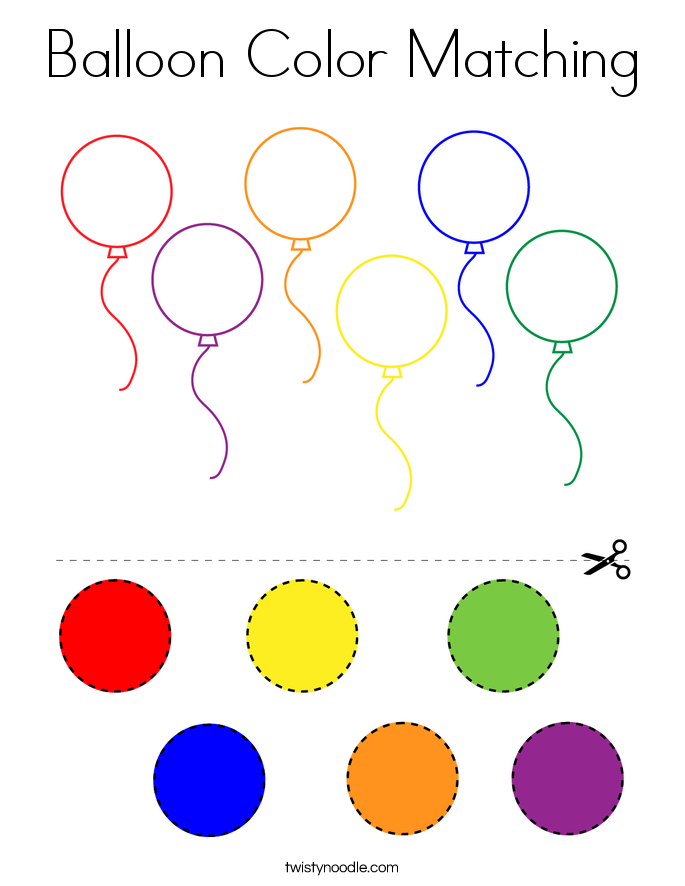
Stick exercise “Flower stems”
Place sticks instead of flower stems. Find and display identical flowers.
Application “Flowers in a Vase”
- Glue on a vase and put a beautiful flower in it. How many flowers are in the vase? One flower.
Dynamic pause "Flowers grow in the meadow"
Flowers grow in the meadow
Unprecedented beauty.
(Children squatting)
Flowers reach for the sun.
Stretch with them too.
(Stand up, stretch, put your hands up)
The wind blows sometimes,
Only it's not a problem.
(Mahi arms, swaying the torso)
Flowers lean,
The petals drop.
(Tilts)
And then they get up again
And they are still blooming.
(Stand up, torso turns left and right)
Button game "Flowers"
- Arrange the buttons into circles of the appropriate color and size.
Finger gymnastics “Flower”
Like for small children
There is a scarlet flower,
(Pinch the fingers of one hand)
And its petals -
These are the fingers of the hand.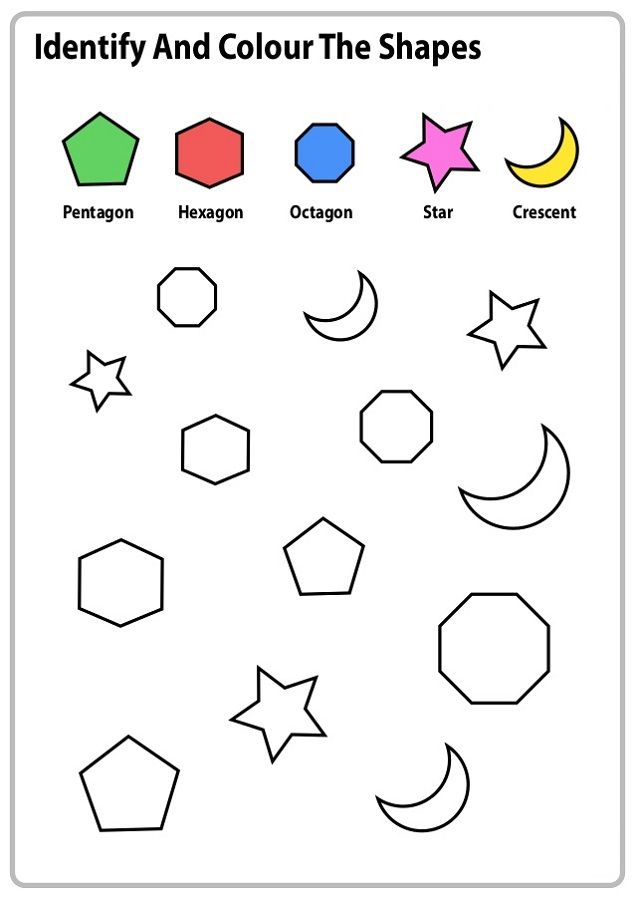
(Open palm, spread fingers apart)
One, two, three, four, five -
Let's learn to count now.
(Toggle fingers with other hand)
Bas-relief modeling "Beautiful flowers"
- Tear off pieces from plasticine, apply them to the picture, put a flower on top of the plasticine and press firmly with your finger.
Handmade "Flower"
Children make a flower bed from salt dough and press and plant pasta flowers.
- How many red flowers? One. How many yellow flowers? Two. How many orange flowers? Three.
Collective exercise “Building a flower bed”
Children pour millet into the tray with shovels, level it with a rake and stick artificial flowers into the groats. Then watered from a watering can (imitation).
Download the abstract of the game lesson for the 1st junior, nursery group of the kindergarten (3rd year of life), topic: "Flowers"
Summary of the lesson in the senior group on the topic "Flowers" (the world around us, communication) | Outline of the lesson on the world around (senior group) on the topic:
Summary of the lesson in the senior group on the theme "Flowers".
(environment, communication)
Conducted by: Khabibullina L.Z.
2015
Abstract of the lesson in the senior group on the theme "Flowers".
(environment, communication)
Goals:
- consolidate children's knowledge about the variety of colors, about their structure;
- continue to introduce how to care for flowers;
- to cultivate love for nature and respect for it.
Stroke
- Org. Moment.
Children are part of the group. Greeting guests.
Q. Guys, the guests came to us today to look at us. Let's say hello.
D. Hello.
Q. Guys, today I invite you on a trip to an unusual city. And what city we will go to and why, you will find out by guessing my riddle.
I give the children a riddle.
Riddle.
Well-dressed sisters
Guests are greeted all day long
They are treated to honey. (Flowers)
E. These are flowers.
V.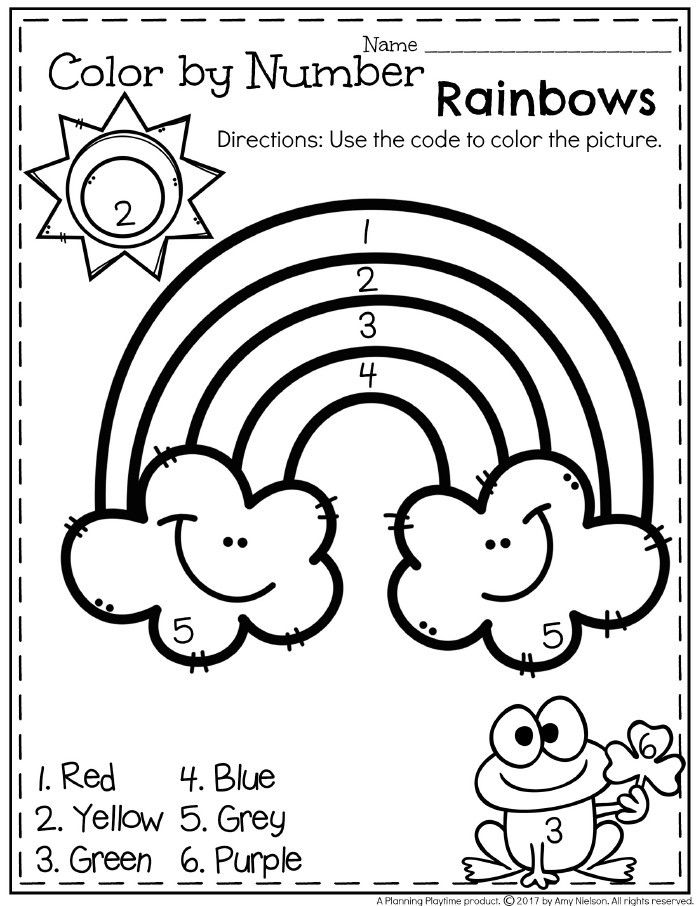 Guys, today we will go to the city of Flowers for a magic flower. We will go along the streets of the Flower City, completing interesting tasks that will meet on our way. You are ready?
Guys, today we will go to the city of Flowers for a magic flower. We will go along the streets of the Flower City, completing interesting tasks that will meet on our way. You are ready?
D. Yes.
Q. And to determine where we should go, listen to the riddle.
1. Riddle.
I turn white like a fluffy ball in a clean field,
and the breeze blew - the stalk remained.
D. Dandelion.
B. Correct.
First street Oduvanchikovaya. (On the tables there are pictures with pictures of flowers, the name of the street)
Q. Guys, find the card where the dandelion is.
(Children point to a dandelion)
C. sit down on the mat. This street is inhabited by people who are very inquisitive.
And they offer us to answer their questions.
Q. Guys, what are the flowers for?
D. For beauty, to admire.
Q. How can one name the flowers that grow in the field? Name them.
D. Field. Bluebell, chamomile, cornflower.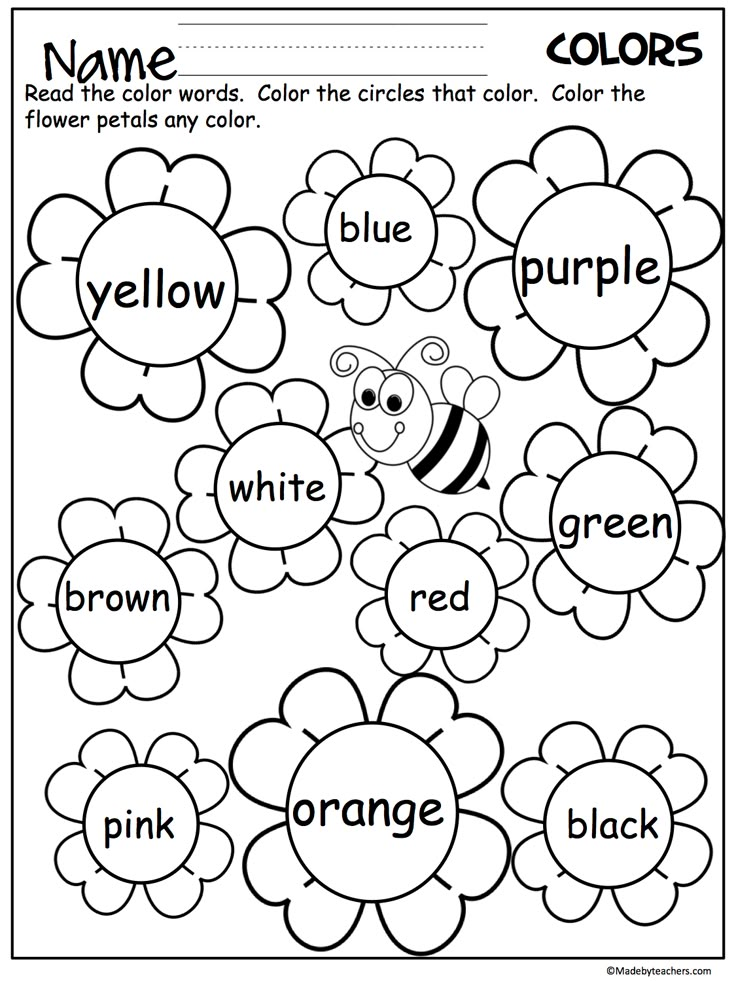
Q. Flowers that grow in the garden?
D. garden.
Q. What garden flowers do you know?
D. Asters, carnations, tulips, dahlias.
Q. What do we call the flowers that grow at home?
E. Houseplants
C. Name houseplants.
D. orchid, ficus, violet, Decembrist.
V. Well done guys.
Q. And who can say how garden flowers differ from field flowers?
E. Garden flowers are grown by man, but field flowers grow by themselves.
V. Well done. And let's play.
Game "What's extra?"
Q. Look at the screen, tell me which flower is extra? Why do you say that?
1.slide (bellflower, chamomile, rose, cornflower)
2nd slide (gladiolus, rose, pansy, lilac)
3rd slide (violet, chlorophytum, ficus, lily of the valley)
(Individually asking a specific child)
B. Well done! Completed the task.
B. And to get to the next street, guess the second riddle
2.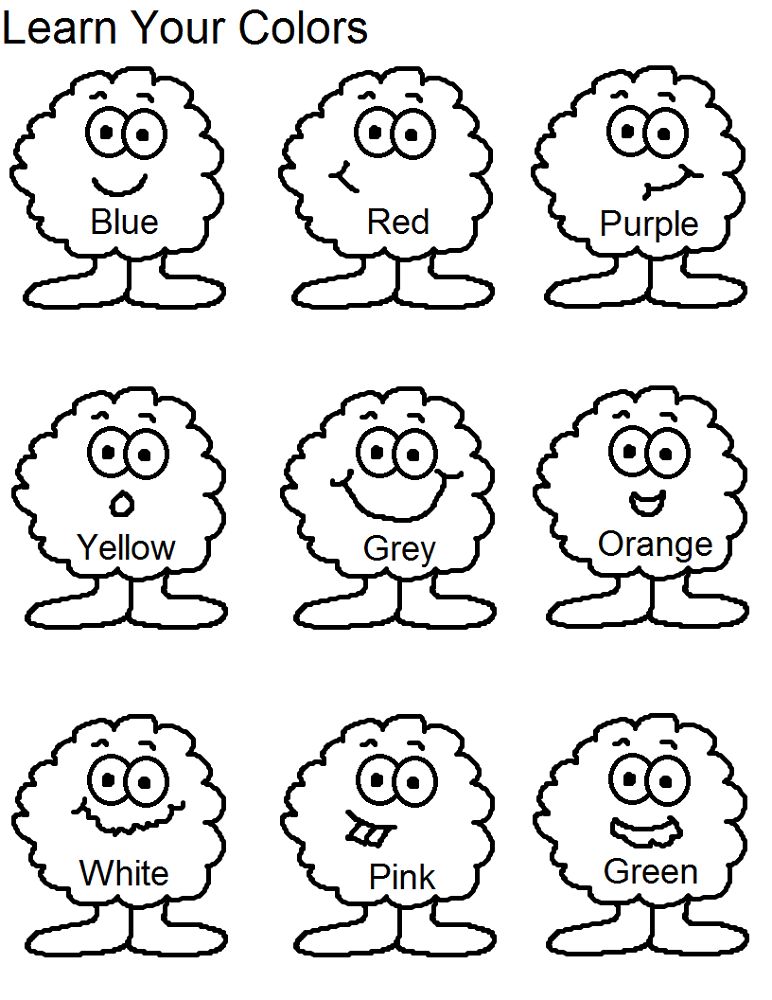 Appeared from under the snow,
Appeared from under the snow,
Saw a piece of the sky.
The very first most tender,
Clean small ...0005
Q. Who can find where this street is?
(Children find a picture with a snowdrop near the magnetic board)
Q. Who can say when the first flowers appear? What are their names?
D. in the spring. When it warms up, the snow melts. Primroses.
Q. What primroses do you know that are in a hurry to bloom in early spring?
E. Snowdrop, coltsfoot, lungwort, Corydalis
C. Let's find them among other flowers. (Flowers are scattered on the table, near the children). (Children find and hang on a flannelograph).
What is the name of this flower? And this one? (I ask by pictures)
Q. Why do they appear first?
E. Because these flowers love bright sunlight, and appear when the trees are not covered with leaves.
V. Well done. Imagine that you have a bouquet of flowers in your hands, smell them, what is their aroma?
E.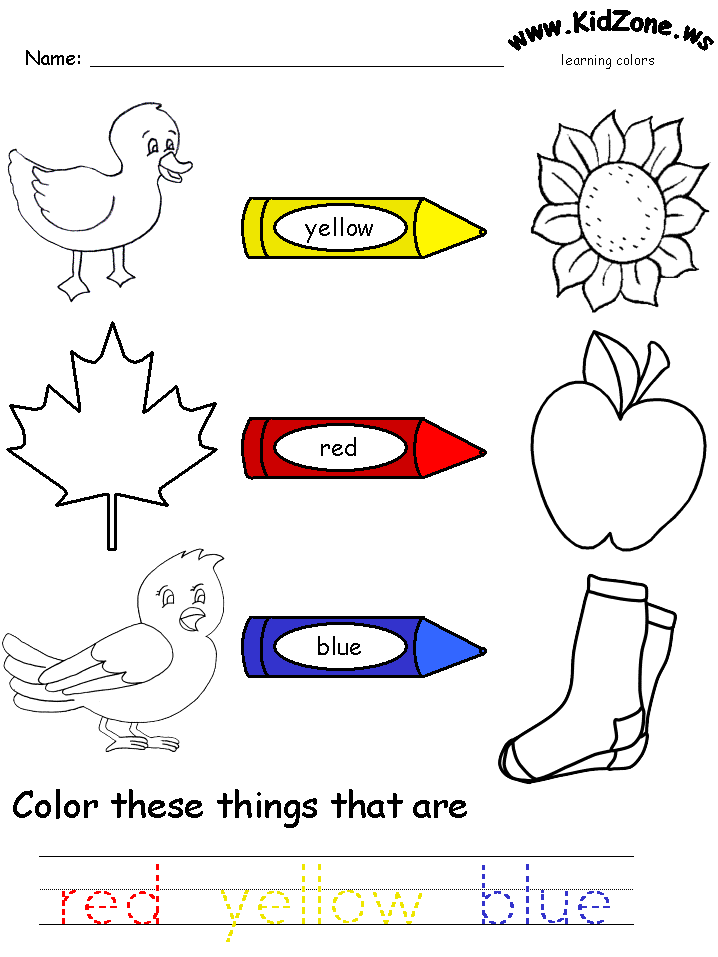 Delicate, tasty, pleasant, sweet, bitter, airy.
Delicate, tasty, pleasant, sweet, bitter, airy.
B. Flowers attract insects with their pleasant smell. Do insects harm or help flowers?
E. Insects, collecting nectar, pollinate them so that later seeds appear and new flowers grow.
V. Well done! Listen to the next riddle!
3. Inconspicuous among the grasses,
She has a calm disposition.
Who is proud of being useful? -
Fragrant...
D. Oregano
V. Well done. (We sit on the mat) What are the benefits of flowers?
E. Flowers can be used as food for animals, they can be put in a vase, medicines are obtained from flowers.
Q. What medicinal flowers do you know?
D. chamomile, dandelion, coltsfoot, Ivan tea, sage, cornflower, oregano.
V. Well done. Please look at these flowers, remember how they look and remember.
(Slide show of these flowers)
Q. What flower is this? What does he help?
Chamomile, gargle with chamomile infusion.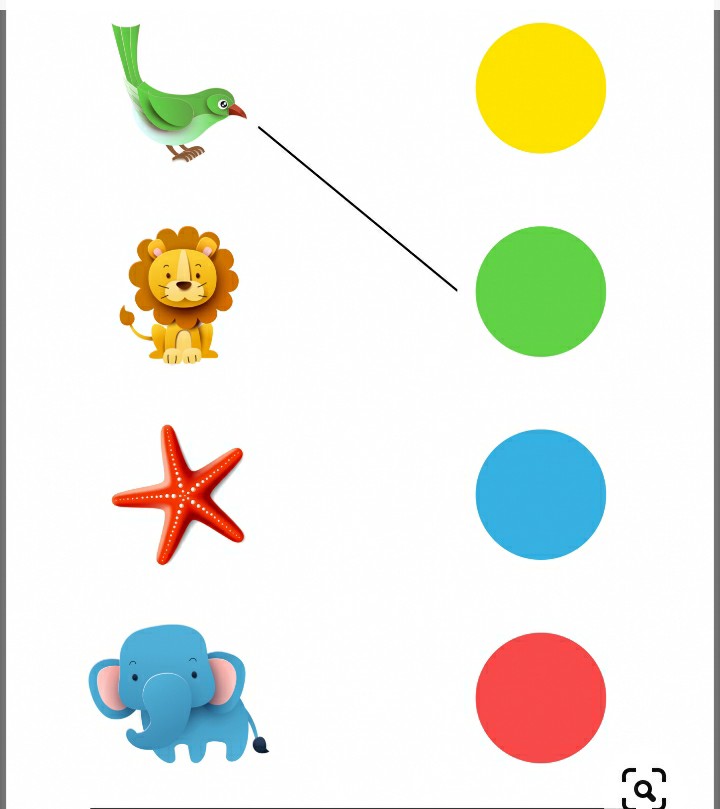 Dandelion - a decoction of dandelion root is used: to improve appetite, with insomnia, etc. Coltsfoot: the infusion helps with coughing, relieves toothache. Ivan tea - tones the body, encourages and adds vitality.
Dandelion - a decoction of dandelion root is used: to improve appetite, with insomnia, etc. Coltsfoot: the infusion helps with coughing, relieves toothache. Ivan tea - tones the body, encourages and adds vitality.
Q. Are we still searching for the magic flower?
Next riddle.
4. Needles grew on the window, on the shelf.
Yes, the flowers are satin, scarlet and red.
E. Cactus (right there on the chairs)
V. Here are the flowers in front of us. (Violets, ficus, ..., ....) what flowers are these, field, garden or indoor?
D. Room.
B. Correct. Why are they called indoor?
D. they are called indoor because they grow at home, in a room.
Q. And how should they be looked after, who will tell? (I call one child who tells and shows)
E. It is necessary to water regularly, wipe the dust from the leaves. Repot, fertilize if necessary.
V. Well done.
Q. We listen to the riddle.
5. Riddle
Here is a meadow full of flowers
As if in light blue dots
I will collect blue ones here from Anyutka .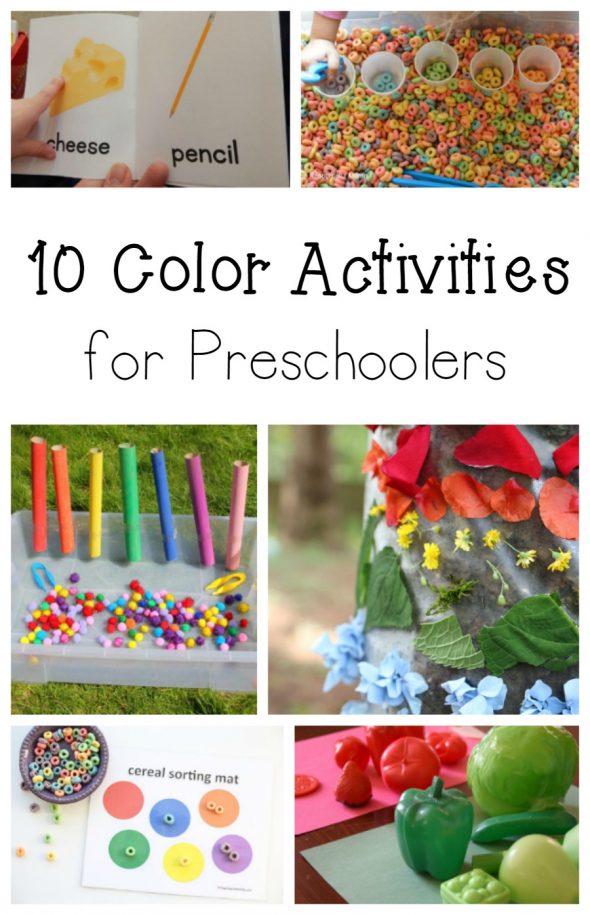 ...
...
D. Forget-me-nots
V. The next street is right Forget-me-nots. Now let's play the game "Flower Parts". (a large chamomile flower, on the petals of a flower part. The teacher holds in his hands facing the children. The children call)
Q. The most important part of a flower? Why?
D. Root. He drinks, soaks up water.
Q. What comes after the root?
D Stem.
Q. Does the flower have anything on the edges of the stem? What are the leaves for?
E. Leaves. They absorb solar energy.
Q. What appears next?
Children: Bud, petals, flower.
Q. And they stayed?
Children: Seeds that appear when the flower has faded.
Q. Here we have a diagram of the life of a flower. Okay, well done, you guys did it.
Q. And before we find the next street, let's recharge, gain strength.
| On the window in pots
| |
| On the window in pots, | Children squat facing in a circle. Connect the palms above the head |
B. The next riddle (standing on the mat I guess the next riddle)
6. I was walking along the paths in the meadow,
I saw the sun on a blade of grass,
But not at all hot, the white rays of the sun.
E. Chamomile
C. Correct. Romashkova street. Who will find this flower?
(There is a box on the table, and inside: earth, water, sun, bees, breeze, a smoking chimney, a hand picking a flower, a car, a fence that creates a shadow.)
V. oh, guys, look what it is ?
D.